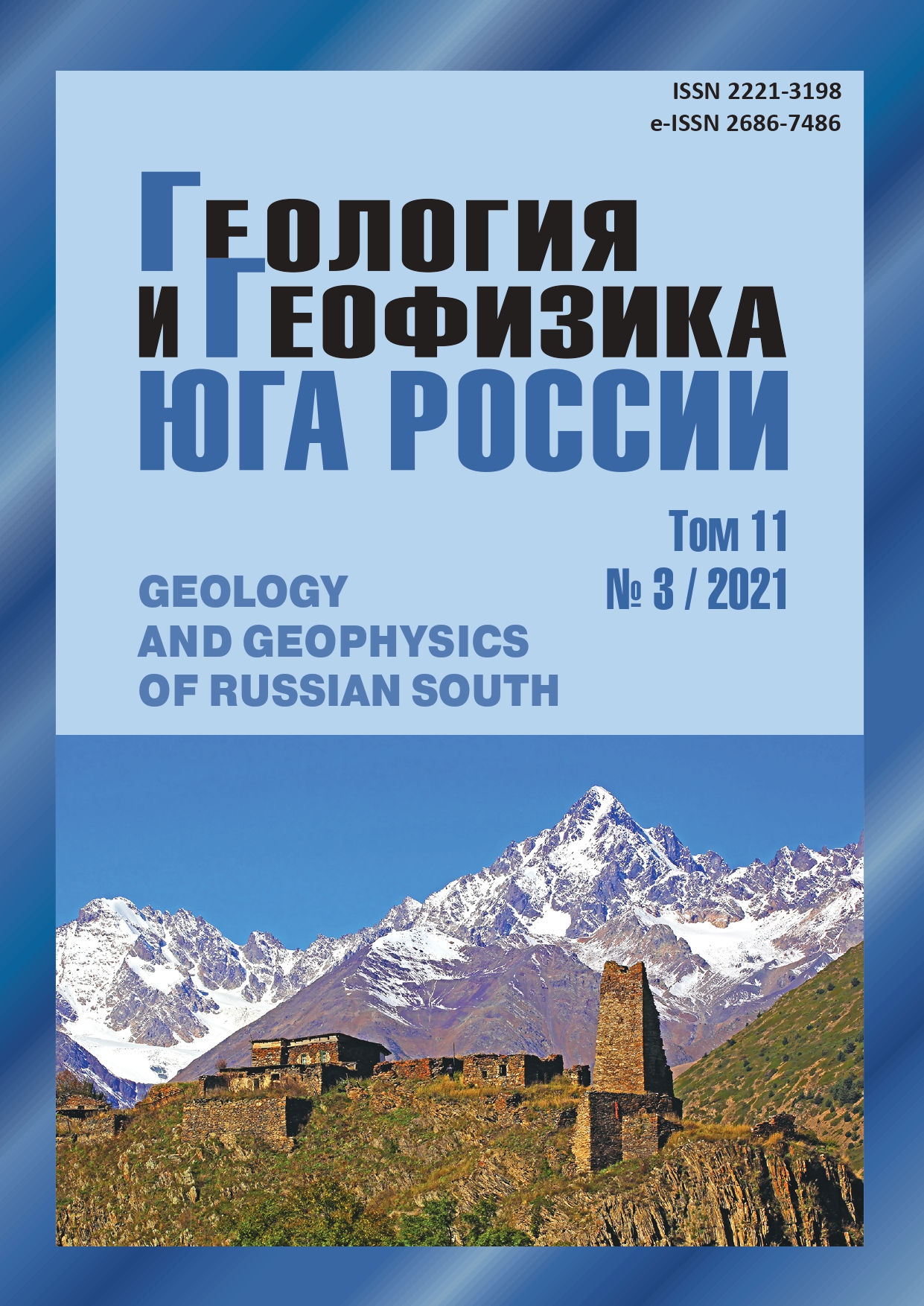Comparative geodynamics and geothermy of the Alpine and Pacific belts. Mechanical-mathematical modeling
Abstract
The origin and evolution of geological structures reflect crust-mantle interaction. The relevance of the work is determined by the subject of the study – the solution of the problem of mechanical and mathematical modeling of the formation and evolution of geological structures above the rising mantle diapir. For simulation of geological processes and geological structures evolution in connection with deep mantle movements all possible geological-geophysical data were combined and analyzed and the mechanical-mathematical models of different rheology were used. Geological-geophysical data for Alboran sea, Balearic sea, Tyrrhenian sea, Aegean sea, Ionian sea, Levant sea, Black sea, Caspian sea, Pre-Caspian depression, Pannonian depression, Aleutian depression, Okhotsk sea, Sea of Japan, Philippines sea are combined and analyzed. Lithosphere-asthenosphere interaction is reflected in geological structures formation and evolution. The zones of the lithosphere plates collision are characterized by high P-T conditions, high seismicity, earthquakes, volcanism, magmatism and active geothermal energy manifestations: volcanoes, mineral waters, degazation, hot springs. The aim of the study is to develop an adequate model of the formation and evolution of geological structures on the Earth’s surface in connection with deep geodynamic processes. Methods. To study the dynamics of the lithosphere in the process of evolution at long times, we used mechanical and mathematical models of the geological medium based on the model of a multilayer high-viscosity fluid. For the approximate solution of the Navier-Stokes equations and the continuity equation, the method of decomposition in a small parameter, the method of successive approximations and the method of splicing asymptotic decomposition were used. Modeling gives possibility to calculate P-T parameters distribution in the layers of sedimentary cover, crust and upper mantle in the process of the structures evolution. The existing of stretching zones in back-arc basins can be explained by upwelling of mantle diapirs as a result of geothermal effect and raising of asthenosphere in the process of collision of deep mantle flows. Results. The results of mechanical and mathematical modeling show that during the development of sedimentary basins above the rising mantle diapir, the structure of the surface vault is replaced by the structure of a deep depression. In the analytical solution, the critical parameters of the problem are found that relate the shape of the diapir, its depth, and the ascent rate with the structure of the Earth’s surface. The results of modeling are investigated on the examples of the Alpine and Pacific belts geological structures and give good agreement with geological geophysical data


